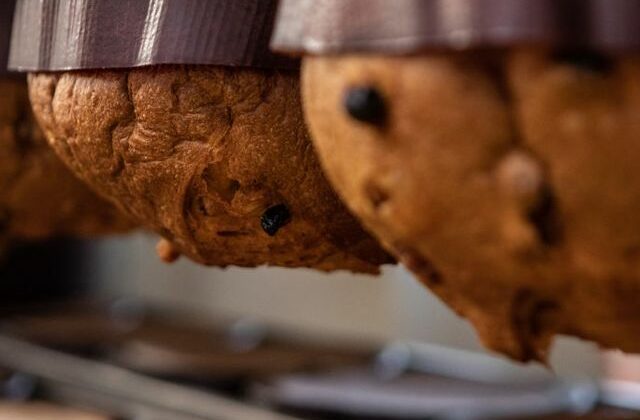Christmas Feasting Across the Regions of Italy
As the festive season unfolds, Italy transforms into a culinary wonderland, with each region contributing its unique flavors and traditions to the Christmas table. From the snow-capped peaks of the Alps to the sun-drenched shores of Sicily, the Italian Christmas feast is a gastronomic journey that reflects the country’s rich cultural heritage. Join us as we explore the diverse and delectable types of food that grace the tables of Italians during this joyous season.
- Antipasti Extravaganza:
In the true spirit of Italian hospitality, Christmas feasts kick off with a splendid array of antipasti. From the northern regions, expect to find cured meats like prosciutto and salami, accompanied by a variety of cheeses. In central Italy, crostini with chicken liver pâté and truffle-infused spreads make an appearance, showcasing the region’s dedication to robust flavors. Down south in Sicily, arancini—delicious fried rice balls filled with ragu and cheese—add a touch of indulgence to the antipasti spread.
- Primi Piatti: Pasta Galore:
No Italian celebration is complete without pasta, and Christmas is no exception. In the north, hearty dishes like tortellini in broth or lasagna are favored, providing warmth in the chilly winter months. Central Italy leans towards seafood pasta, reflecting the proximity to the coast, with dishes like spaghetti alle vongole (spaghetti with clams) taking center stage. In the south, particularly in Naples, the Christmas Eve tradition of the “Feast of the Seven Fishes” unfolds, featuring a lavish spread of seafood pasta dishes like linguine with anchovies and squid ink spaghetti.
- The Main Attraction: Roasts and Seafood Spectacles:
For the main course, the Italians showcase their culinary prowess with a variety of roasts and seafood delicacies. In the north, succulent roasted meats, such as capon or roasted pork, are often accompanied by chestnuts and earthy mushrooms. Central Italy celebrates with porchetta, a slow-roasted, herb-stuffed pork, while the south revels in the bounty of the sea, featuring salted cod (baccalà) and fried eel.
- Sweet Endings: Dolci Delights:
Christmas desserts in Italy are a testament to the nation’s deep-rooted love for sweets. Panettone and Pandoro, the iconic Christmas cakes, grace tables across the country. In Sicily, cassata, a ricotta-filled sponge cake adorned with marzipan and candied fruit, steals the spotlight. Struffoli, small fried dough balls coated in honey, and cannoli, crispy pastry tubes filled with sweet ricotta, are beloved treats across various regions.
- Indulgent Spirits: Drinks to Warm the Heart:
To wash down these delectable delights, Italians turn to an array of festive beverages. From the north’s mulled wine (vin brulé) and spiced liqueurs to central Italy’s love for a hearty red wine, and the south’s penchant for sweet liqueurs like limoncello, each sip complements the rich flavors of the Christmas feast.
Conclusion:
In Italy, Christmas is not just a holiday; it’s a celebration of family, tradition, and, most importantly, exceptional food. The diversity of regional cuisines reflects the country’s cultural tapestry, making the Christmas table a true reflection of Italy’s culinary heritage. As the aromas of roasted meats, fresh pasta, and sweet desserts waft through the air, one can’t help but be captivated by the magic of an Italian Christmas feast—a symphony of flavors that lingers in the heart long after the plates are cleared. Buon Natale e Buon Appetito!
Watch our movies on Movieitaly+
Read more articles here!










Recent Comments